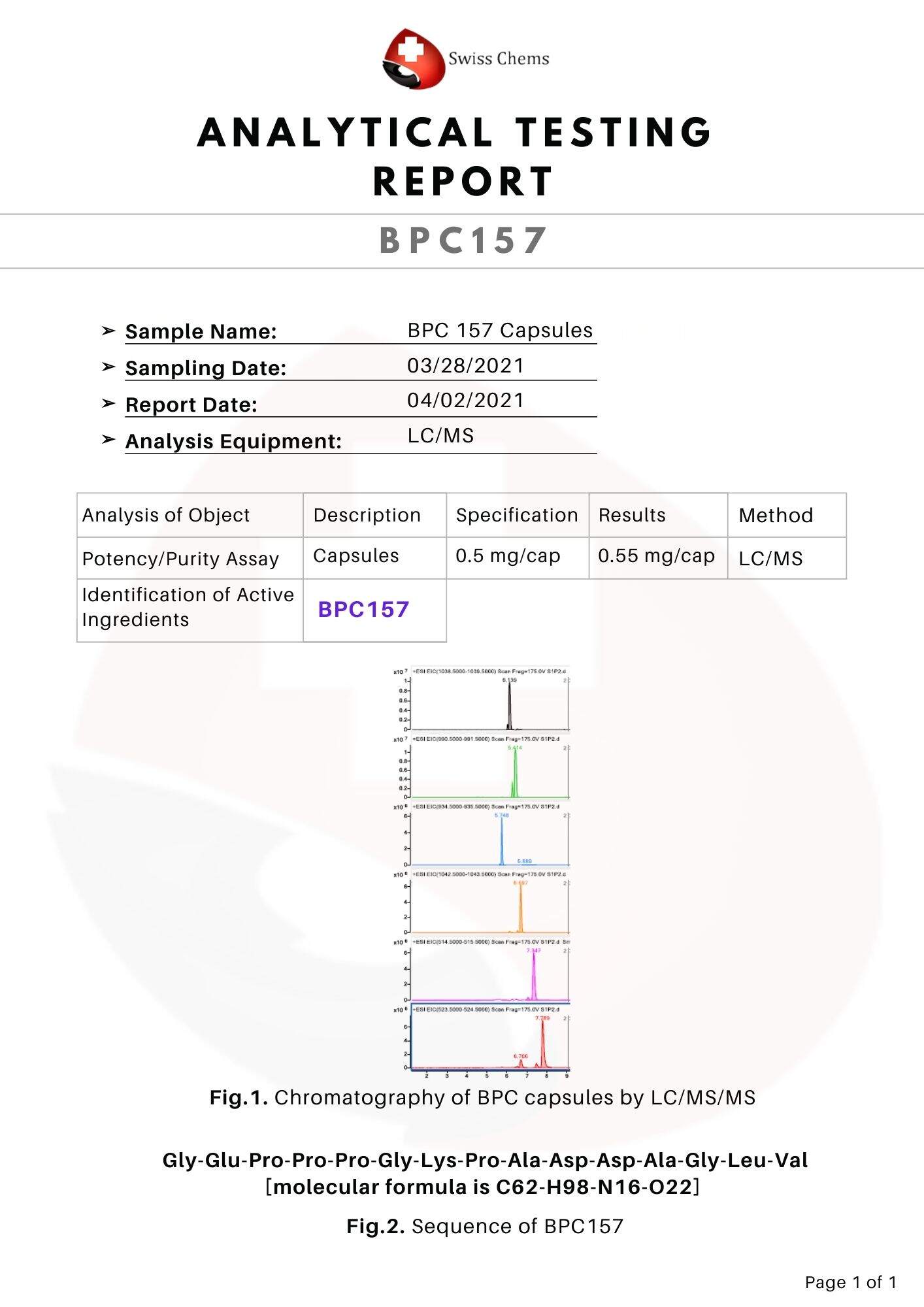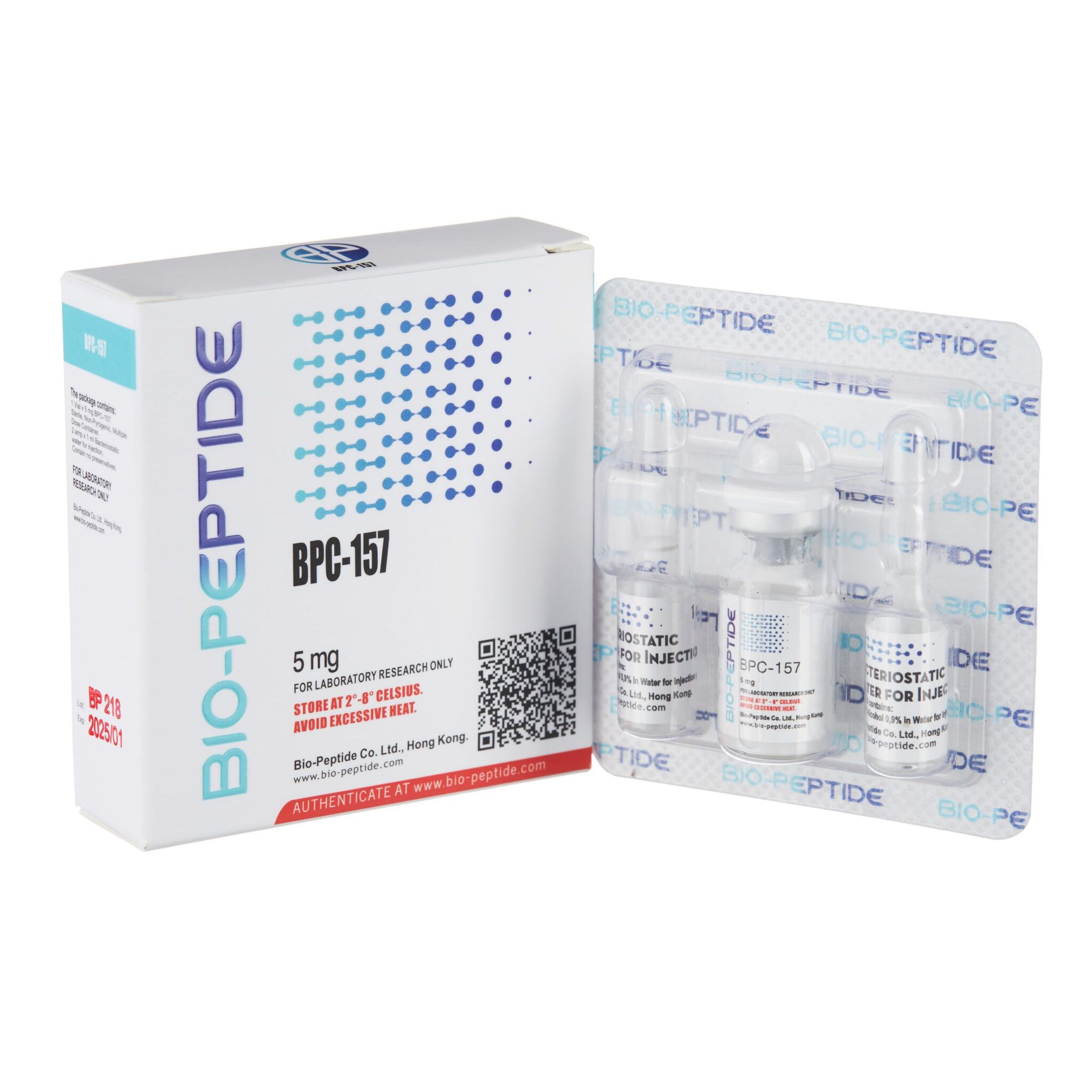How Bpc-157 Works In The Body On top of that, we did not carry out metabolite evaluation in tissues, especially in target organs, owing to the small sample size. The analysis of metabolites in cells is necessary for additional pharmacodynamic exam of BPC157 and description of its efficiency. Next off, we evaluated the major metabolites of [3H] BPC157 in pee collected from 0 to 8 h and from 8 to 72 h and in bile and feces collected from 0 to 72 h after management.
Recognizing Boosted Healing Processes At A Cellular Degree
This can assist fix or reduce damage from problems like hardening of the arteries or diabetes. BPC-157 might modulate the body's feedback to stress, possibly via its results on the gut-brain axis. This area of research is specifically intriguing offered the recognized communications between intestinal wellness and mental health.Stable Gastric Pentadecapeptide BPC 157 Therapy for Primary Abdominal Compartment Syndrome in Rats - Frontiers
Stable Gastric Pentadecapeptide BPC 157 Therapy for Primary Abdominal Compartment Syndrome in Rats.

Posted: Sun, 12 Dec 2021 08:00:00 GMT [source]

Unveiling The Secret Of Bpc-157 And Its Beginnings
BPC 157, additionally described as Bepecin, PL 14736, and PL10, is a human gastric juice-derived protein. As a partial series of human stomach healthy protein BPC, BPC 157 is an artificial amino acid fragment. It is shown to demonstrate recovery residential or commercial properties throughout numerous sorts of injuries, consisting of injuries of the skin, gastric ulcers, cornea, and muscle mass. Notably, BPC 157 can additionally offer therapeutic advantage for harmed ligaments, ligaments, skeletal muscles, and bones1,2. Also, given that the gray matter is particularly susceptible throughout the key phase [44, 63], we should note that, from day 7, the controls presented with edema and the loss of motoneurons in the gray matter, disruptions that were largely neutralized in BPC 157-treated rats (Table 2 and Fig. 4). Bielschowsky and Klüver-- Barrera histochemical staining offering neuropathological adjustments of cerebral cortex in rats with the enhanced intra-abdominal pressure at 30 mmHg for 30 min (a, A, b, B) treated at 10 min increased intraabdominal stress time with saline (control a, b) or BPC 157 (A, B). In control rats, an increased number of karyopyknotic cells was found in the cortex (white arrows) (A, B) that was dramatically various from the cortex location in BPC 157-treated rats (a, b). ( Bielschowsky staining (a, A); Klüver-- Barrera discoloration (b, B); zoom × 600, range bar 50 μm).- BPC 157, whatsoever examined intervals, given in your area or intraperitoneally, accelerated post-injury muscle mass healing and also helped to bring back the complete feature.The stomach wall surface conformity limit was gone across mechanically, without further stretch of the abdominal area; this boosted intra-abdominal pressure, pressed vessels and body organs, and rose the diaphragm as an established definitive outcome (Depauw et al., 2019).To heal typically lethal esophagogastric anastomosis in rats, lacking anastomosis recovery and sphincter function rescue, in particular.Surprisingly, the development of spasticity began previously in the rats that undertook spinal cord injury and had been treated with BPC 157 than in the corresponding controls.There is no chance to recognize if the substance BPC-157 is risk-free or valuable in therapies because it has actually not been examined extensively in people.
Does BPC 157 cross the blood-brain barrier?
As necessary, local serotonin synthesis in the rat mind, examined by α& #x 3b1;-methyl-l-tryptophan autoradiographic dimensions revealed that, BPC 157 offered peripherally might easily go across the blood & #x 2013; brain obstacle, impact region-specific mind 5-HT synthesis in rats bring about substantially enhanced synthesis in the ...